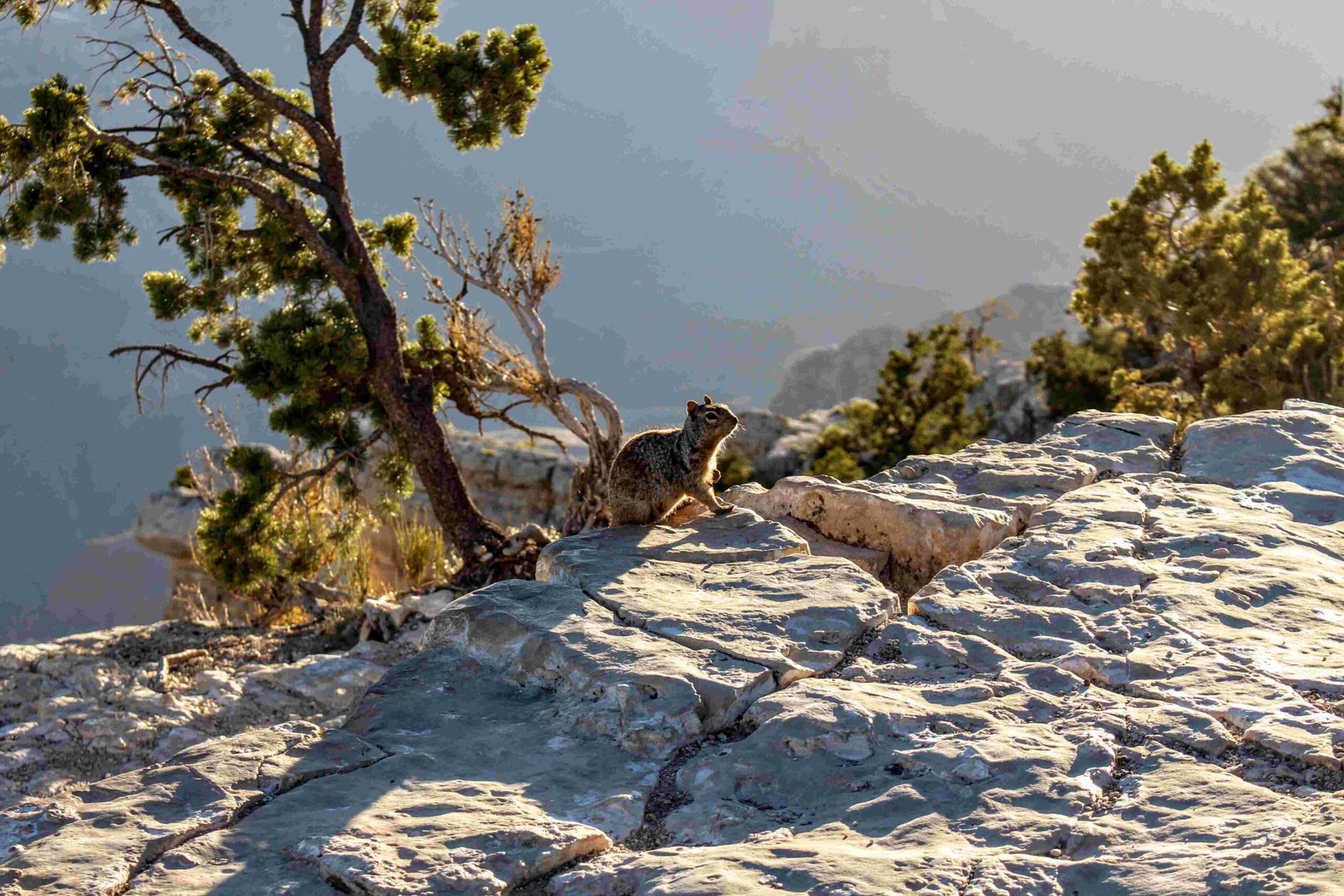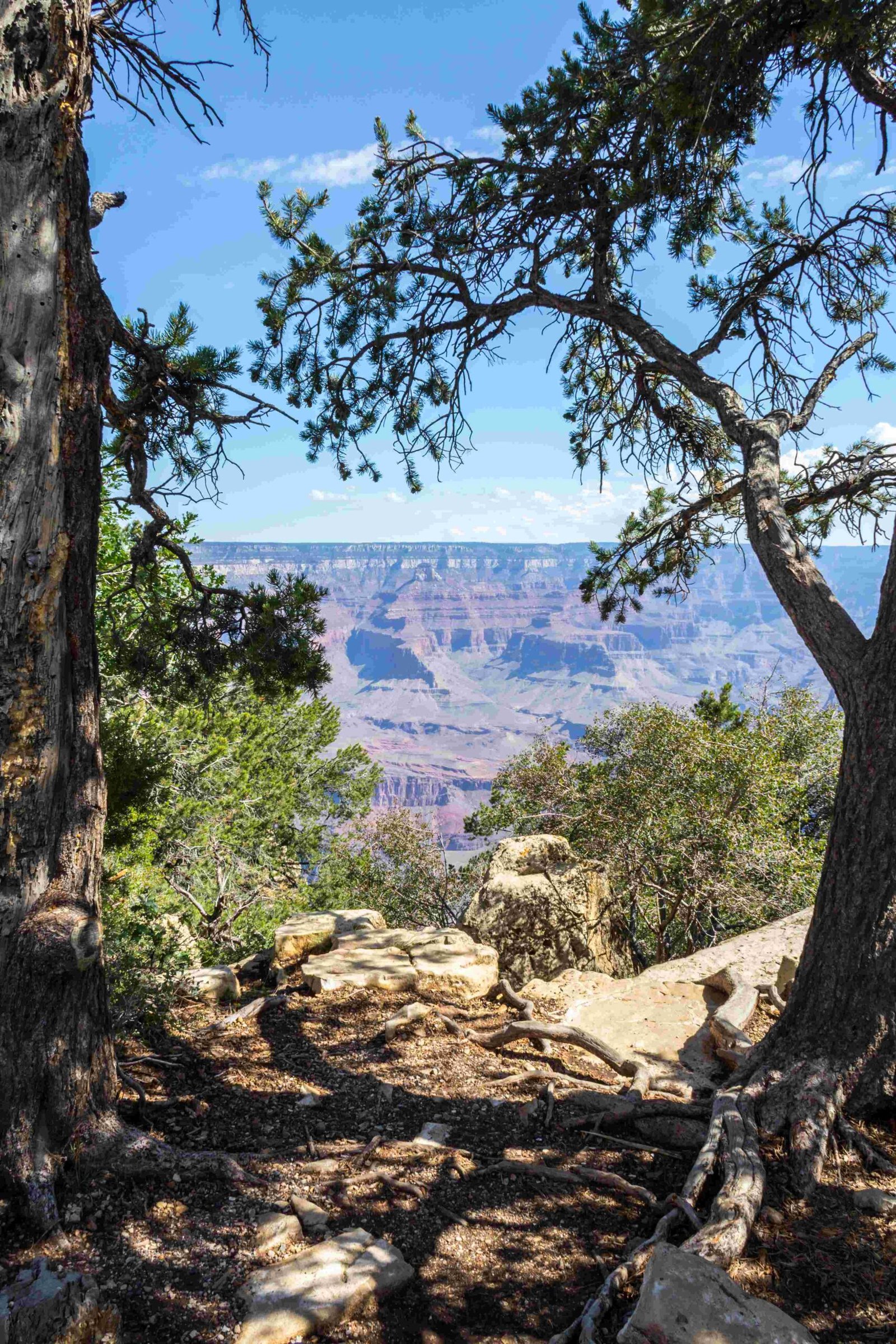The Grand Canyon’s conservation emerged from a complex interplay of ecological preservation, cultural significance, and visionary leadership. Spanning over 1 million acres, this geological marvel represents a critical ecosystem harboring unprecedented biodiversity, unique indigenous cultural landscapes, and a remarkable geological record that demanded comprehensive protection from human exploitation and environmental degradation.
What Triggered the Initial Conservation Efforts?

The conservation journey of the Grand Canyon began with strategic federal interventions aimed at protecting its extraordinary natural and cultural landscape. Key milestones in this preservation narrative include:
Why Did Early Conservationists Focus on the Grand Canyon?
- Ecological Diversity Protection
- Over 1,500 plant species
- 300 bird species
- 89 mammal species
-
47 unique reptile species
-
Geological Significance
- Represents 2 billion years of geological history
- Unique rock formations
- Unparalleled erosion patterns
What Legislative Actions Drove Conservation?
| Year | Action | Significance |
|---|---|---|
| 1893 | Forest Reserve Establishment | First federal protection |
| 1906 | National Monument Declaration | Antiquities Act implementation |
| 1919 | National Park Status | Comprehensive legal protection |
| 1992 | Grand Canyon Protection Act | Environmental impact management |
How Did Indigenous Perspectives Influence Conservation?

Native American tribes played a crucial role in the Grand Canyon’s preservation narrative. Their deep spiritual connection and millennia-long relationship with the landscape highlighted the area’s cultural significance beyond mere geological wonder.
What Cultural Factors Supported Conservation?
- Preservation of archaeological sites
- Recognition of indigenous sacred spaces
- Documentation of traditional ecological knowledge
- Protecting ancestral territories
What Environmental Challenges Necessitated Conservation?
The Grand Canyon faced multiple environmental threats:
- Potential mining exploitation
- Unregulated tourism
- Ecosystem fragmentation
- Climate change impacts
- Water resource management
How Did Conservation Address These Challenges?
- Establishing strict visitor regulations
- Creating protected wildlife corridors
- Implementing scientific monitoring programs
- Developing sustainable tourism strategies
What Long-Term Benefits Emerged from Conservation?
Conservation efforts yielded multifaceted benefits:
- Biodiversity preservation
- Scientific research opportunities
- Cultural heritage protection
- Sustainable tourism development
- Climate change resilience
Why Continues the Grand Canyon Matter Today?
The Grand Canyon represents more than a geological formation—it’s a living testament to Earth’s complex ecological and cultural systems. Its conservation reflects humanity’s evolving understanding of environmental stewardship and interconnected ecosystems.
Conclusion: A Continuing Legacy of Protection
Conservation of the Grand Canyon remains an ongoing commitment, requiring continuous adaptation, scientific understanding, and respectful engagement with both natural processes and indigenous perspectives.
References:
1. National Park Service Official Website
2. Library of Congress Historical Records
3. Grand Canyon Trust

